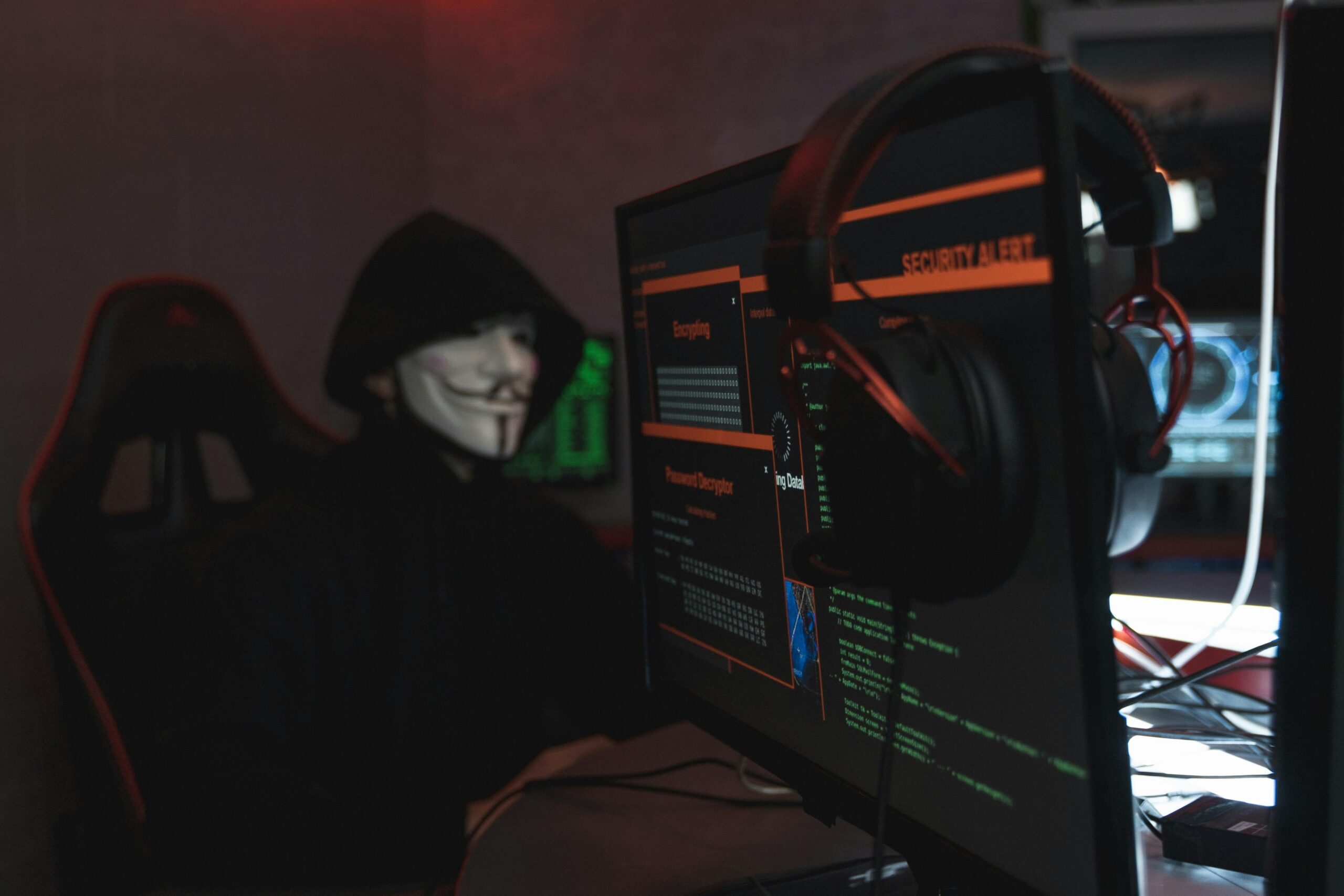
Biohacking is transforming personal health optimization and wellness, offering individuals the ability to take control of their biology.
According to a 2023 report by Global Market Insights, the biohacking market is projected to exceed $63 billion by 2028, reflecting its growing popularity.
DIY biology, a significant aspect of biohacking, empowers enthusiasts to experiment with biological systems outside traditional labs. This movement, often driven by technological advancements and community collaboration, aims to enhance physical and mental well-being.
Understanding Biohacking and DIY Biology
Biohacking encompasses a broad spectrum of practices aimed at optimizing personal health and performance. It ranges from simple dietary adjustments to complex genetic modifications. DIY biology, a subset of biohacking, involves conducting biological experiments outside professional labs, often in community labs or home settings. Enthusiasts, known as biohackers, use DIY biology to explore the human body’s potential, enhance health, and achieve wellness goals.
Key Areas of Biohacking
Nutritional Biohacking: Focuses on dietary modifications to improve health and performance. This can include adopting specific diets, fasting protocols, or incorporating supplements. Biohackers often experiment with ketogenic, paleo, or vegan diets to identify what works best for their bodies.
Genetic Biohacking: Involves using CRISPR and other gene-editing technologies to modify DNA. While this area is more controversial and regulated, it holds promise for addressing genetic disorders and enhancing human capabilities. DIY biohackers explore genetic modifications to prevent diseases or improve physical and cognitive abilities.
Wearable Technology: Utilizes devices like fitness trackers and smartwatches to monitor vital signs and activity levels. These tools provide real-time data, enabling biohackers to make informed decisions about their health and wellness. Wearables can track sleep patterns, heart rate, and even blood oxygen levels.
Nootropics and Cognitive Enhancement: Involves the use of supplements and drugs to enhance cognitive function. Nootropics, often referred to as “smart drugs,” are used to improve memory, focus, and mental clarity. Popular nootropics include caffeine, L-theanine, and racetams.
Fitness and Physical Optimization: Emphasizes exercise routines and recovery strategies to maximize physical performance. Biohackers experiment with different workout regimens, such as high-intensity interval training (HIIT), strength training, and biofeedback techniques to enhance athletic performance.
The DIY Biology Movement
DIY biology, or do-it-yourself biology, democratizes access to scientific tools and knowledge. Community labs and online resources enable individuals to conduct experiments and share findings. This movement fosters innovation and collaboration, allowing biohackers to explore new frontiers in personal health.
Community Labs and Resources
Community labs, also known as biohacker spaces, provide access to equipment and mentorship. These spaces encourage collaboration and knowledge sharing among biohackers. Examples include Genspace in New York and BioCurious in California, which offer workshops, equipment, and a collaborative environment.
Online Platforms and Forums
Online platforms and forums play a crucial role in the DIY biology community. Websites like DIYbio.org and Reddit’s biohacking community provide information, support, and a space for biohackers to discuss experiments and results. These platforms democratize knowledge, making it accessible to a broader audience.
Ethical Considerations and Risks
While biohacking and DIY biology offer significant potential, they also raise ethical concerns and risks. Self-experimentation without proper knowledge and oversight can lead to adverse health effects. Genetic modifications, in particular, pose ethical dilemmas related to consent, safety, and long-term impacts.
Regulatory Landscape
The regulatory landscape for biohacking and DIY biology varies by country. In the United States, agencies like the FDA and NIH oversee certain aspects of biohacking, particularly related to genetic modifications and supplements. Biohackers must navigate these regulations to ensure their practices are safe and legal.
Case Studies in Biohacking
Dave Asprey: Known as the “Father of Biohacking,” Dave Asprey popularized the concept through his Bulletproof brand. His experiments with diet, supplements, and technology have influenced many biohackers to explore similar strategies for health optimization.
Josiah Zayner: A prominent figure in DIY biology, Zayner is known for his self-experimentation with CRISPR. His work has sparked debates about the ethics and safety of genetic biohacking.
Future Trends in Biohacking
The future of biohacking and DIY biology looks promising, with advancements in technology driving new possibilities. AI and machine learning could further personalize biohacking practices, while innovations in gene editing and wearable technology will likely expand the scope of what biohackers can achieve.
Conclusion
Biohacking and DIY biology are paving the way for a new era of personal health optimization and wellness. By leveraging technology and community collaboration, individuals can explore and enhance their biological potential. At Coding Brains, we are excited about the intersection of technology and health, and our expertise in software development supports innovations in this dynamic field. We are committed to providing solutions that empower individuals to take control of their health and well-being.


Leave a Reply